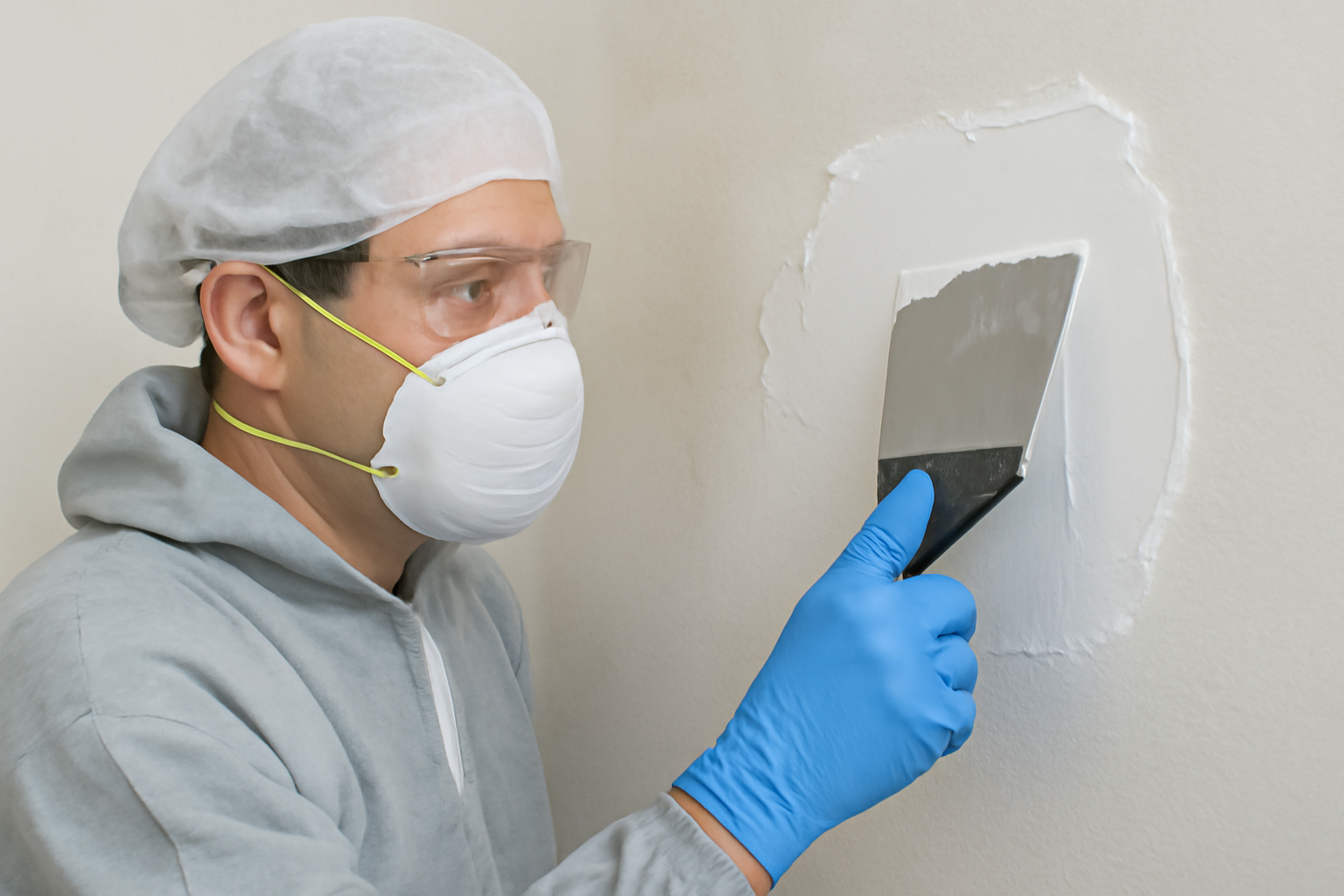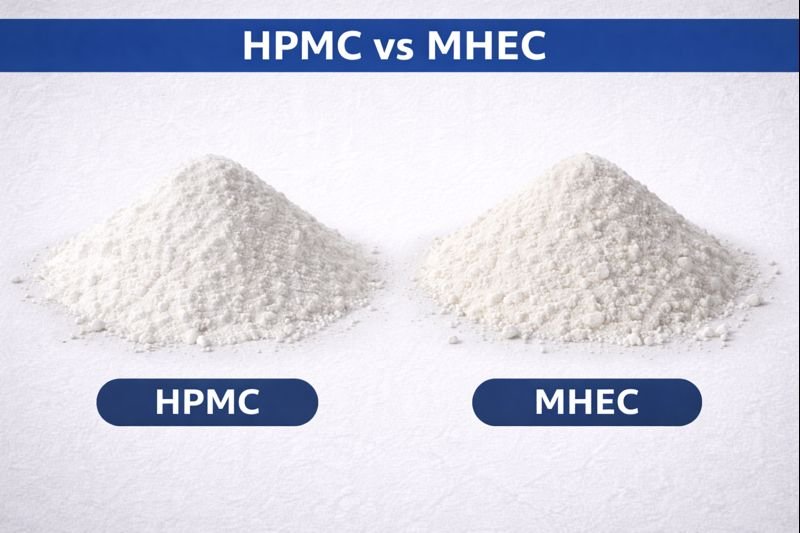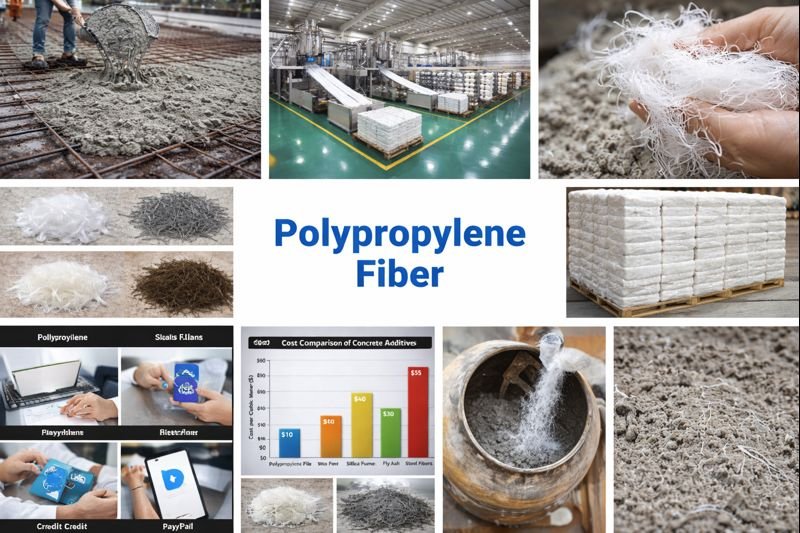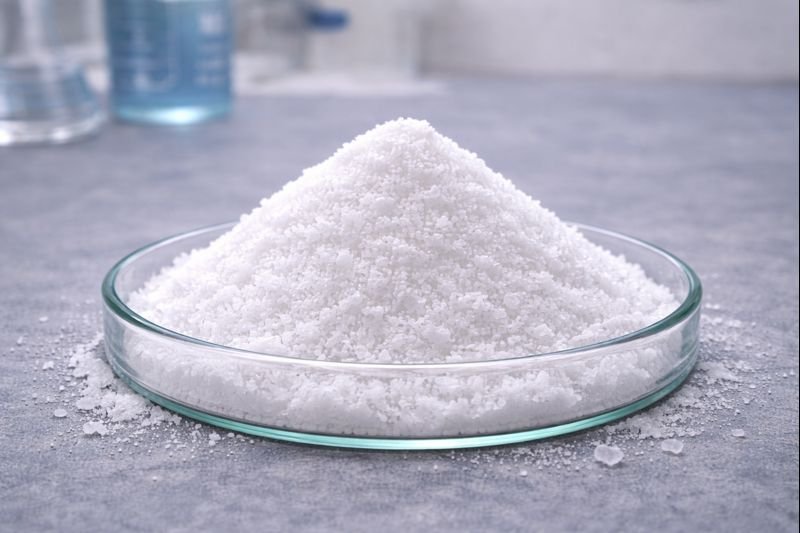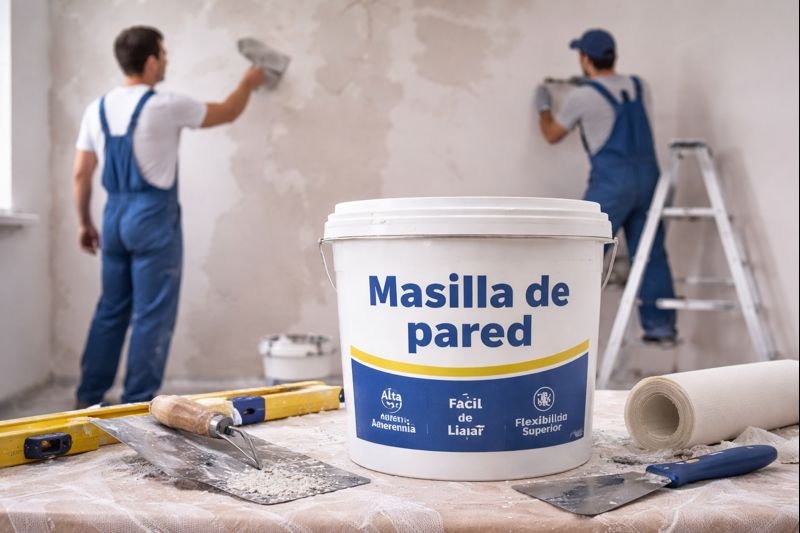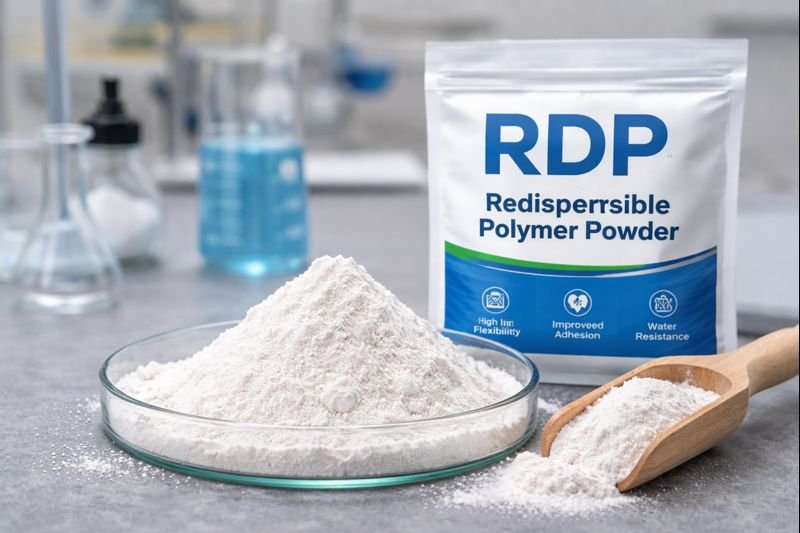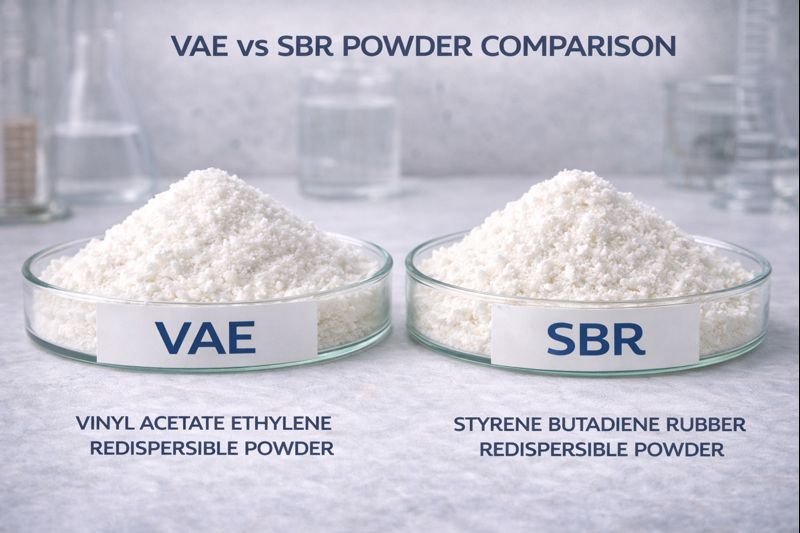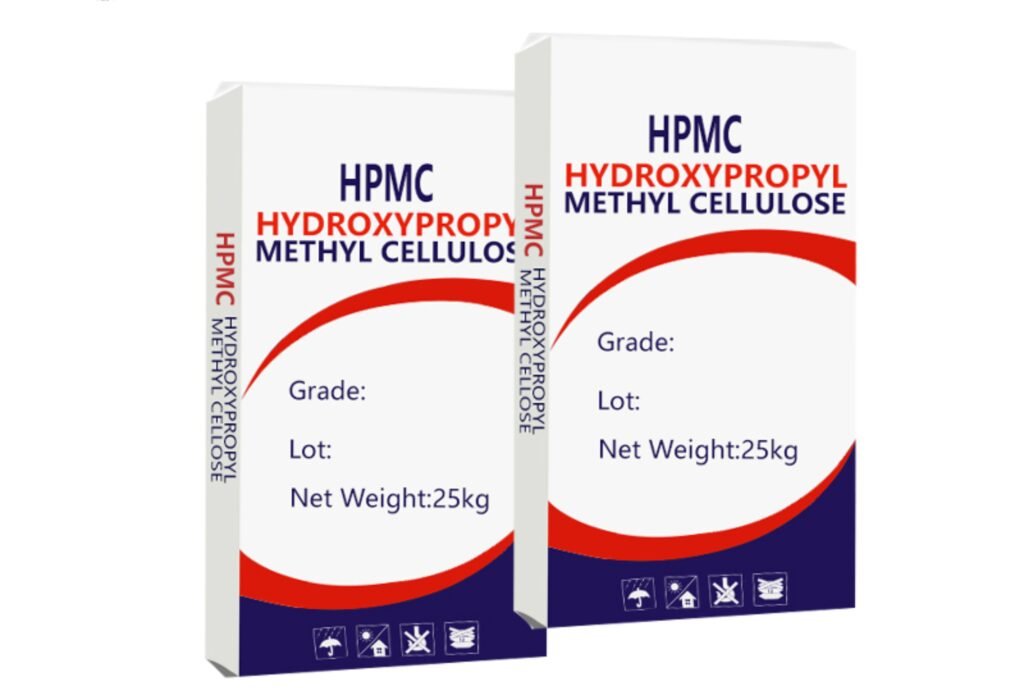Wall putty application problems can ruin your entire painting project. Many contractors face issues with cracking, peeling, and uneven surfaces that waste time and money.
Wall putty is a white cement-based powder mixed with water to create a paste for filling wall imperfections and creating smooth surfaces before painting. It's crucial because it provides a uniform base, enhances paint durability, prevents moisture damage, and reduces paint consumption by up to 15%.
I've been in the construction materials industry for over 15 years, and I've seen countless projects fail because of improper putty application. Let me share what I've learned about applying wall putty correctly on different surfaces to save you time, money, and frustration.
What Is Wall Putty and Its Importance?
Your walls look terrible and paint jobs fail quickly because you're skipping the crucial step of proper wall putty application. Without it, even expensive paints won't last.
Wall putty is a fine powder mixture containing binders like HPMC (Hydroxypropyl Methylcellulose), white cement, and minerals that creates a smooth, durable base for paint when mixed with water. It fills tiny cracks, levels uneven surfaces, prevents moisture penetration, and extends paint life by 3-5 years.
Wall putty1 serves as the foundation for any quality wall finish, much like how a good foundation is essential for building construction. There are two main types of wall putty available in the market: cement-based putty2 and acrylic putty. Cement-based putty works best for new constructions and concrete surfaces, providing excellent water resistance and durability.
It typically contains HPMC as a key binding agent, which improves workability and adhesion. Acrylic putty, on the other hand, is more flexible and suitable for previously painted surfaces or areas with minor cracks.
The right putty choice depends heavily on your specific surface conditions. For exterior walls exposed to harsh weather, I always recommend cement-based putties with higher water resistance properties. For interior walls with existing paint, acrylic putties offer better adhesion without requiring extensive surface preparation. A high-quality wall putty application can reduce paint consumption by 10-15% while extending the life of your paint job by several years. This makes it not just an aesthetic choice but an economical one too.
Putty Construction Guide: How to Apply Wall Putty on Concrete Surfaces?
Your concrete walls remain rough and uneven despite multiple paint coats, making rooms look unprofessional and old. The problem is skipping proper putty application techniques3.
To apply putty on concrete surfaces, first clean the wall thoroughly and repair any large cracks with cement filler. Next, dampen the wall slightly, mix putty powder with water to yogurt consistency, apply the first thin coat (1-2mm) with a putty blade, let dry for 6-8 hours, then apply a second coat if needed.

I remember visiting a construction site in Riyadh where the contractor had been struggling with wall finishes in a commercial building. The desert climate posed unique challenges for wall putty application on concrete surfaces. The high temperatures were causing the putty to dry too quickly, leading to cracks and poor adhesion. This experience taught me valuable lessons about adjusting techniques for different environmental conditions.
For concrete surfaces, preparation is absolutely critical. Start by ensuring the concrete is at least 28 days old to allow complete curing. Any moisture trapped in new concrete will eventually cause putty failure. Use a wire brush to remove loose particles and clean the surface with water to remove dust. The concrete surface should be dampened but not soaking wet before application - this prevents the concrete from absorbing water from the putty mixture too quickly.
When mixing putty powder for concrete surfaces, I recommend adding HPMC powder4 (about 0.2-0.3% by weight) to improve workability and water retention. This is especially important in hot, dry climates where rapid drying is a concern. Apply the putty in thin coats (1-2mm) using crossing strokes - first horizontal, then vertical - to ensure complete coverage and minimize tool marks. For concrete with significant porosity issues, consider applying a primer containing acrylic polymers before the putty to improve adhesion and prevent moisture problems.
How to Apply Wall Putty on Painted Walls?
Your newly painted walls are already showing the previous layer's imperfections, with bubbles and peeling areas making the room look shabby. The problem lies in incorrect putty application on existing paint.
To apply putty on painted walls, first check for loose paint and remove it with sandpaper (120-grit). Clean the surface with a damp cloth, then apply a bonding primer. Mix acrylic putty according to manufacturer instructions, apply a thin coat (1mm) with a putty knife, and sand lightly after drying before painting.

Working with painted walls requires a completely different approach than concrete surfaces. I once consulted for a large hotel renovation project in Dubai where the client wanted to refresh walls without completely stripping the existing paint. This presented unique challenges because applying putty over painted surfaces risks adhesion problems if not done correctly.
When applying putty on painted walls, you must first evaluate the condition of the existing paint. Use the tape test - apply painter's tape firmly to the wall and pull it off quickly. If paint comes off with the tape, you'll need to strip the loose paint completely before proceeding. For stable painted surfaces, creating a mechanical key is essential. Sand the entire surface lightly with 120-150 grit sandpaper to create micro-scratches that help the putty bond.
Acrylic putty works better than cement-based options for painted surfaces due to its flexibility and better adhesion properties. Add a small amount of white cement (approximately 5-10%) to acrylic putty to improve its hardness without compromising flexibility. Apply the putty using a wider putty blade (6-8 inches) than you would for concrete surfaces, using long, sweeping strokes to create an ultra-thin layer. Multiple thin coats are far superior to one thick application, which will likely crack and peel. Between coats, light sanding with fine-grit sandpaper (220 grit) creates the optimal surface for the next layer or final paint application.
How Long Does Wall Putty Take to Dry and Ways to Dry Faster?
Your project deadlines are approaching but the wall putty is still wet, delaying the entire painting schedule. This common problem causes project delays and budget overruns.
Wall putty typically takes 6-8 hours to dry for each coat under normal conditions (25°C, 50% humidity). To speed up drying, ensure good ventilation, use fans to circulate air, apply thinner coats (under 2mm), avoid application during high humidity, and consider adding accelerators like calcium chloride (1%) to the mix.
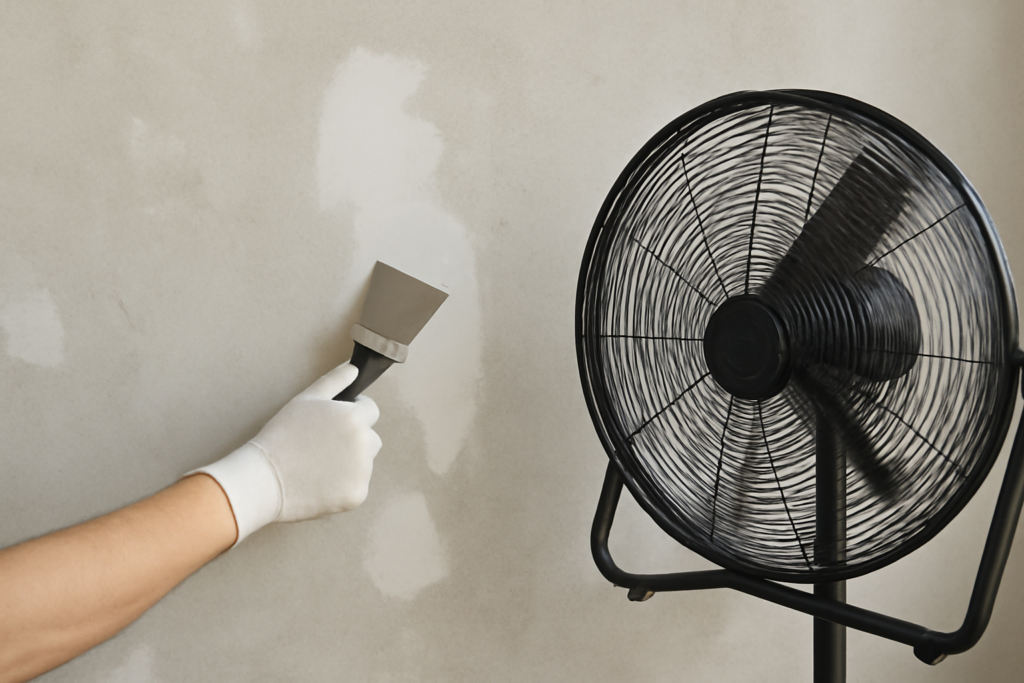
Drying time frustrations are something I encounter regularly when working with contractors. Last year, I worked with a major construction company in India during monsoon season. Their putty was taking up to 48 hours to dry due to the extreme humidity, severely impacting their construction timeline and increasing labor costs. This experience prompted me to research and test various drying acceleration methods that wouldn't compromise putty quality.
The drying process of wall putty involves both evaporation and chemical reactions. For cement-based putties, the drying mechanism includes hydration of the cement, which requires specific moisture conditions to develop proper strength. Drying too quickly can actually reduce the final strength and durability of the application. That's why it's important to balance drying speed with quality considerations.
Temperature plays a crucial role in drying time - for every 10°C increase in temperature, drying time can decrease by approximately 30-40%. However, temperatures above 35°C can cause "flash drying" of the surface while the underlying layers remain wet, leading to cracking and delamination. When working in hot conditions, I recommend adding extra HPMC (0.3-0.5%) to the putty mix to improve water retention.
For acrylic putties, using dehumidifiers in enclosed spaces can significantly reduce drying time by removing moisture from the air. Infrared heaters positioned at least 1 meter from the wall can also accelerate drying without creating excessive surface temperature that could cause defects. One professional technique I've found effective is to apply putty early in the morning so it has the entire day to dry with natural light and warmth. This simple scheduling adjustment can eliminate an entire day from your project timeline without any additional costs or special equipment.
Conclusion
Proper wall putty application is the foundation of any quality paint job. Follow these expert tips for different surfaces, prepare thoroughly, use the right techniques, and manage drying time effectively to achieve professional results that last years longer than rushed applications.
-
Explore this link to understand how wall putty enhances paint longevity and ensures a flawless finish for your walls. ↩
-
Learn about the advantages of cement-based putty, especially for new constructions, and how it can enhance your wall's durability. ↩
-
Understanding proper putty application techniques can transform your concrete walls, ensuring a smooth and professional finish. Explore expert tips and methods. ↩
-
Learn about HPMC powder's benefits in construction, especially in enhancing putty application in challenging climates. ↩

